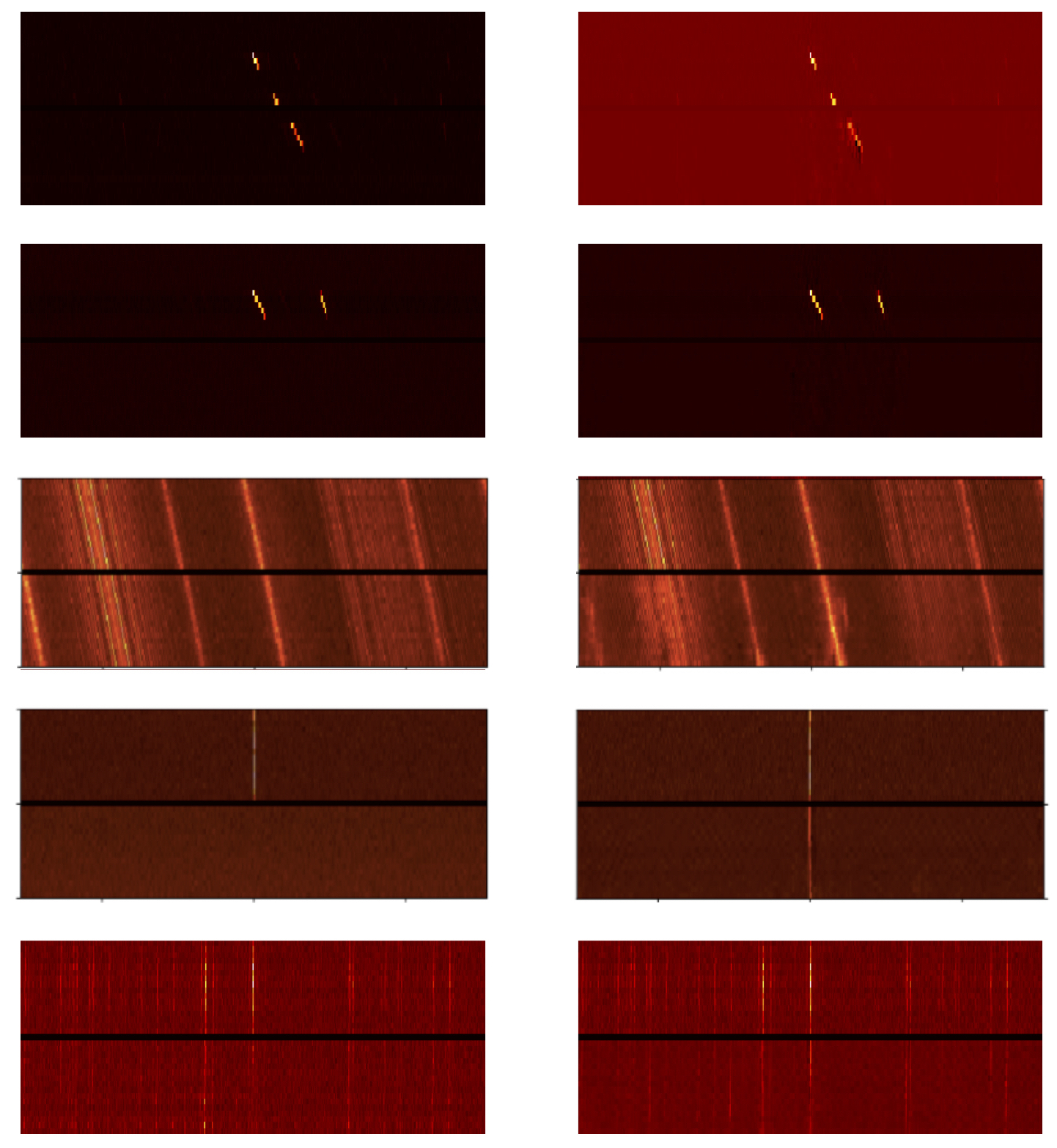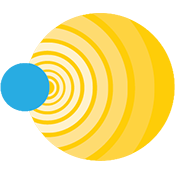AI helps us sift for SETI signals
We've just released a new research paper on a deep learning alternative to traditional SETI algorithms.
At Breakthrough Listen, we filter candidate signals by their localization on the sky. At the Green Bank Telescope (GBT), we conduct observations in an “on/off” fashion. The telescope focuses on a small region of the sky for 5 minutes, before moving “off-target” for 5 minutes. The majority of signals appear in both observations, indicating that they are not originating from the target direction, but rather from a terrestrial source nearby.
Narrowband signals have long been the focus of SETI experiments (including Breakthrough Listen), both because they are an energy-efficient way for an extraterrestrial transmitter to get our attention, and also because they can easily be identified using simple detection algorithms. Despite the attractiveness of narrowband signals, however, it is also important that we develop the ability to find other signal types. Thanks to the versatility of deep learning, such capability is increasingly within reach.
Previously, we released a paper about a technique using convolutional neural networks to find fast radio bursts that had been missed by classical algorithms. In our new paper, we use a hybrid network called a convolutional-long-short-term-memory network (Conv-LSTM) on waterfall data products to model the behavior of more complicated types of signals and to search for outliers that could be of interest from a SETI perspective.
The convolution operation of Conv-LSTM gathers information in the frequency direction, while the LSTM learns predictable patterns in the time direction. The network predicts the next five minutes of observation, when given the previous five minutes. The resulting prediction is compared with the actual observation to determine if the same signal is present in both. As a model that learns from real data, the network is not restricted to narrowband signals. The figure below shows comparisons of predictions with real observations. The network not only learns simple, constant narrowband signals, but also intermittent patterns, something that would be difficult for our conventional algorithms.

Example reconstruction and predictions of our network (right) compared to actual observations (left). Each plot shows 10 minutes of observation, with time increasing downward. The line of padding in the middle of each plot shows the moving time of the telescope, when no data is recorded. The signal in the fourth row in the left column would be more interesting than the others from a SETI perspective, because it is present in the "on" observations but absent in the corresponding "off".
A few extra details to note: a) Besides the spatial filtering, information about the signal itself is also of interest. In this work we use a “dual-decoder” structure. While one decoder predicts future observations, another reconstructs the current observation. If a trained reconstruction model fails to reconstruct a given signal, the signal represents an anomaly and warrants closer inspection. b) Machine learning models learn by picking out the predictable patterns in the data. Waterfall data in radio astronomy are frequently noise dominated. Noise is random and unpredictable: bad news for direct application of deep learning. In this work, we borrow from an idea known as a generative adversarial network. Rather than directly comparing the prediction to real observation, we train an additional network, a “discriminator”, to distinguish the two. While the discriminator tries to distinguish real observation from predicted observation, the original network tries to confuse it. When training stabilizes, the two network improves together towards a “Nash equilibrium”.
We anticipate that this approach, along with other deep learning algorithms, will become increasingly important as we continue to apply artificial intelligence in pursuit of the detection of extraterrestrial intelligence.
The paper, published in the 2018 IEEE GlobalSIP conference, is available for download at https://arxiv.org/pdf/1901.04636.pdf
Green Bank Telescope photo: Breakthrough Listen / Chris Schodt
